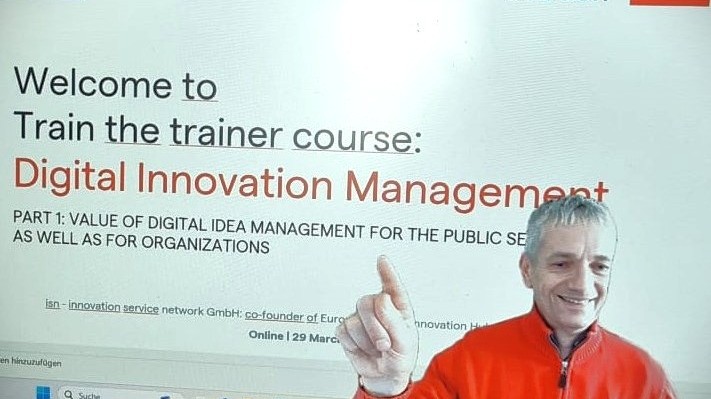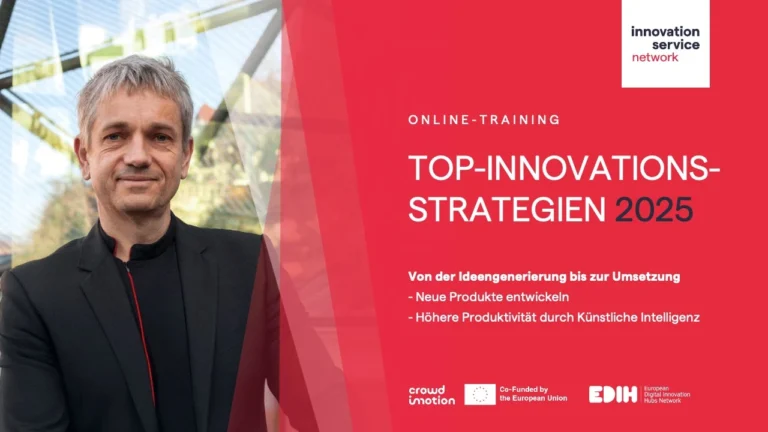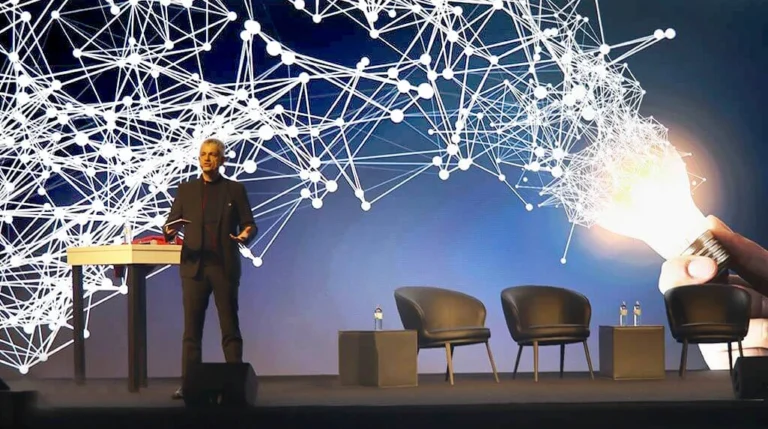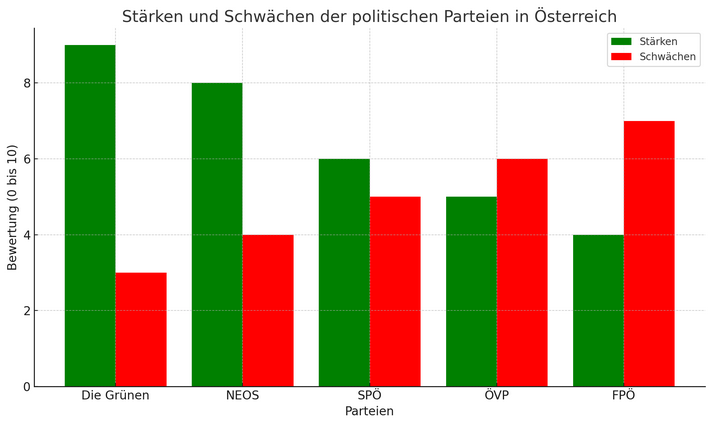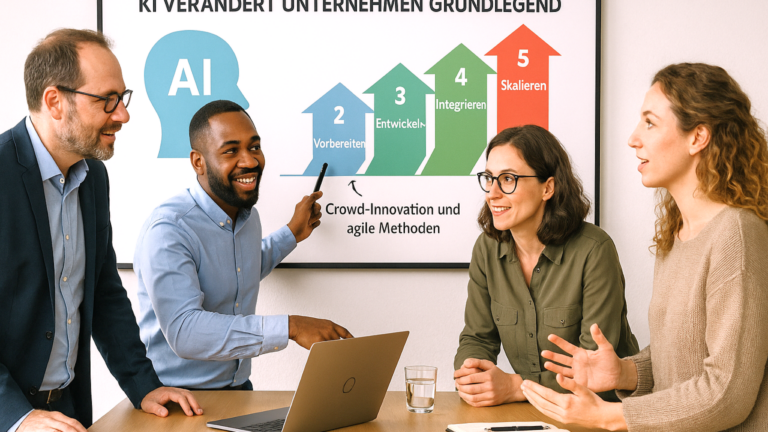

Innovation leaders create an environment where employees feel safe to generate new and unconventional ideas and actively participate in the company's development. Innovation leadership, therefore, requires a versatile and dynamic form of leadership that focuses on creativity, risk-taking, and interdisciplinary collaboration. It demands leaders who are not only visionary and inspiring but also capable of turning new ideas into innovations and new business opportunities. Leadership is the ability to inspire people with visions and positive values so they are willing to tackle innovations.
The challenge in daily work is finding the balance between future projects and routine tasks. Timing and duration are also crucial success factors. No one wants to be in a constant state of change. Those who put their company into change mode need to carefully consider the best timing for it. Many companies follow an industry logic with peak periods in performance delivery, where all capacities are already stretched.
Every change drains a company’s energy as it transitions from state A to state B. This transformation energy consists of the capacities and ideas of everyone involved in the change. Innovation management is the discipline that deals with risk management and resource planning. The "state B" (B for better) should ideally be related to the market when developing new business opportunities. Those who only work on improving and increasing the efficiency of existing processes will eventually reach a point where the ratio of input to output becomes unfavorable, and no further improvements are achieved. A leap in innovation is required!
With the increasing integration of AI tools that will handle routine tasks, the potential to further enhance "knowledge productivity" also rises. This includes the human ability to generate new patterns in the form of ideas. AI tools can provide inspiration, and having initial ideas generated by an AI machine is becoming more intriguing. Ultimately, however, the machine can only use the existing "knowledge base" for this purpose; brilliant leaps in innovation will still require human "daydreaming" and creativity. The range of challenges for innovation tasks is expanding and affects all areas of a company.
"Mens sana in corpore sano" – A healthy mind resides in a healthy body. Those who train their bodies enhance their performance and build capacity reserves for challenging situations. I firmly believe that as part of nature, humans are tasked with staying mentally and physically active. Neglecting one aspect will sooner or later lead to problems. Physical inactivity quickly manifests as movement limitations, while mental inertia can increase the risk of conditions like Alzheimer’s. Of course, this doesn’t mean that a physically active lifestyle covers all bases, but it generally improves personal quality of life. Modern companies have therefore recognized that health programs help reduce employee downtime.
Innovation leadership should today also be a part of executive development. Many young people are motivated to actively contribute to company development alongside their job roles. Their skills in new technologies can enrich the innovation landscape within companies. Additionally, formal training as an innovation manager can be of interest to some, enabling them to professionally facilitate innovation processes.
The "idea mailbox" in companies for employee suggestion systems is still occasionally found, albeit in a digital version with a submission window in the intranet. However, the underlying mechanics remain similar and can be frustrating for many creative minds: feedback on ideas often comes late or not at all. At this point, a digital innovation platform can generate high transparency and quick feedback. By involving and brainstorming with many minds, ideas and solutions become significantly better and more widely applicable.
Innovation is not a linear path. Agility is required, along with thinking in short feedback loops. Ideally, this allows an idea to be reflected upon by customers even in its early stages. This reduces the risk of failure and ensures that customer insights are incorporated into the solution from the start, in line with design thinking principles. The old approach of developing solely within the R&D department is obsolete. Co-creation with lead users and open innovation crowdsourcing with digital tools are now standard practices in modern innovation management.
Conclusion: It also requires some patience for innovation leadership to take effect. The current economic development across many industries can be positively influenced by this approach. In the future, productivity will depend not only on the number of work hours but also on the knowledge productivity and innovation capacity of all contributors.
I look forward to your feedback and wish you a restful and creative Sunday!
Reinhard Willfort, Innovation Doctor, www.willfort.at
Let’s innovate together!
I am happy to offer further support for innovation projects as an Innovationdoc, sparring partner and thought collaborator.
The “Laufend-kreativ” format is based on the ideas from this newsletter and provides an opportunity to reflect on your own positioning or tackle specific tasks with me personally in nature. Book your free innovation consultation now!


